Gaiting Pose Guide, How-To, & Tips
Gait Guide
By Neco
Many shows here on SS require different "gaits" - that is, different types of movement poses from your horses. Shows such as Hunter Under Saddle, Western Pleasure, Dressage and a few others are solely based on gaits, so if those are the types of shows you're interested in, you're going to have to pick a type of gaiting pose you want and train your horse for some pictures.
Below are the main (non-halter) gaiting poses on SS.
Main Gaiting Pose Types
The Walk
The walk is just that - the horse is walking calmly. The walk consists of one foreleg, left or right, straight on the ground, its other foreleg slightly bent, one hind leg touching the ground and the opposite one drawn up toward the rump.
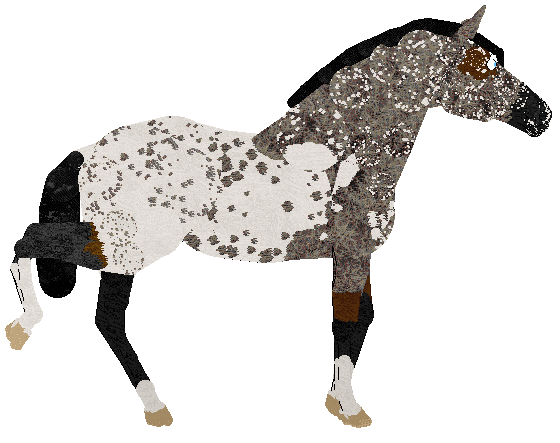
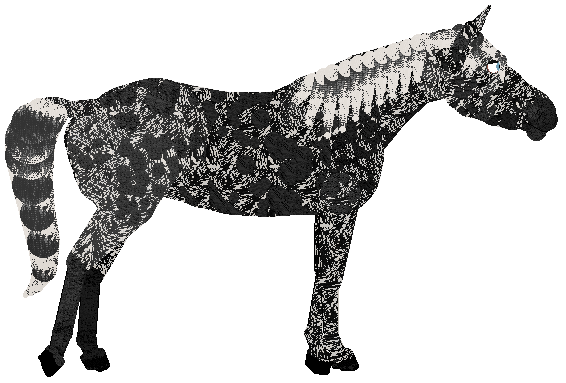
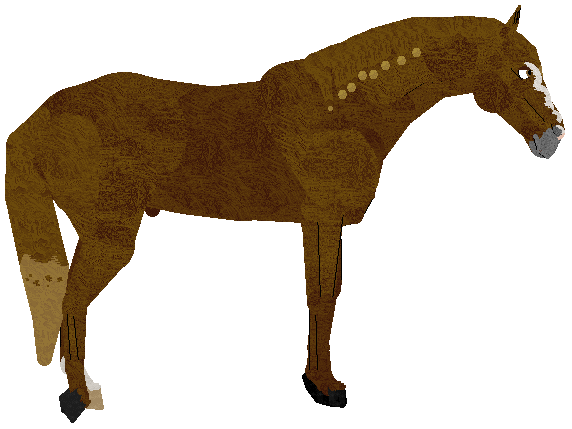
How To Achieve: Slide your horse's energy wayyyy down the brainsliders and more than likely he'll just walk from side to side of the screen. The walk will begin as soon as your horse starts moving and before it moves into trotting, so you'll have to be quick and patient in order to capture it.
Accepted In: All main types of gaiting shows.
--------------------------------------------
The Collected Trot
The collected trot is our first type of trot and probably the easiest to get. It consists of two hooves on the ground - opposite legs on both and back - with one foreleg straight on the ground and the hind bent at an angle. The other foreleg is swept back, pointing toward the hind legs, and the opposite hind leg is pulled up toward the rump.
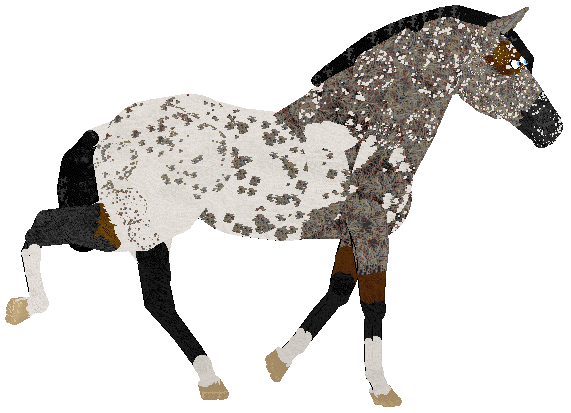
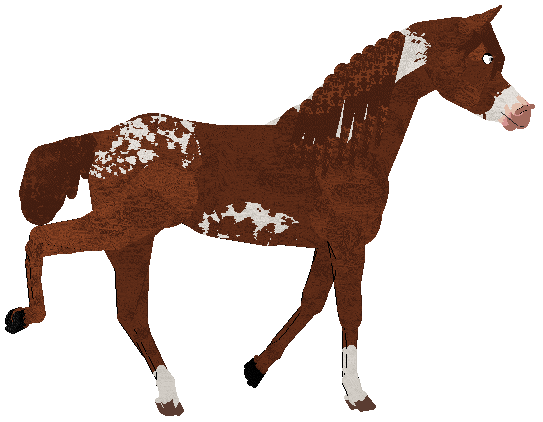
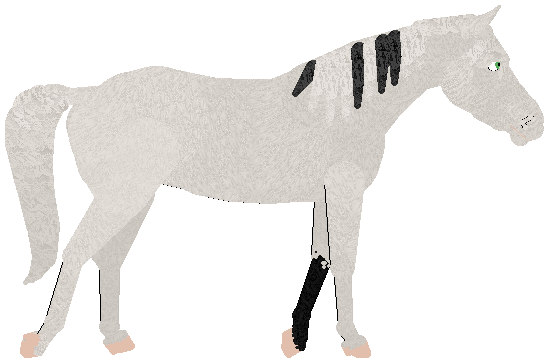
How To Achieve: When your horse's energy is low, all he'll do is trot and you can just hold down the spacebar to grab a nice trotting pose as your horse cruises across the screen.
Accepted In: All main types of gaiting shows.
--------------------------------------------
The Working Trot
The working trot is our second trot type and a little harder to grab but not by much. It consists of all four feet off the ground with opposite legs pointing in the same direction. The right fore and left hind will point either front or back and the left fore and the right hind will point either front or back.
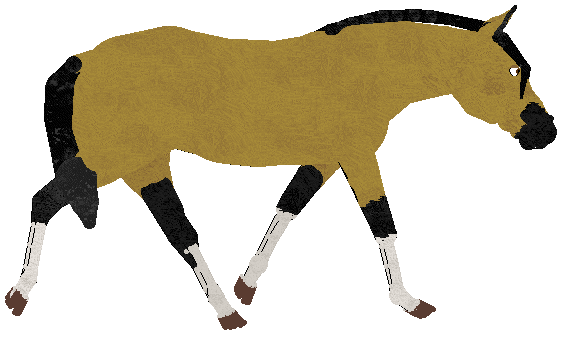
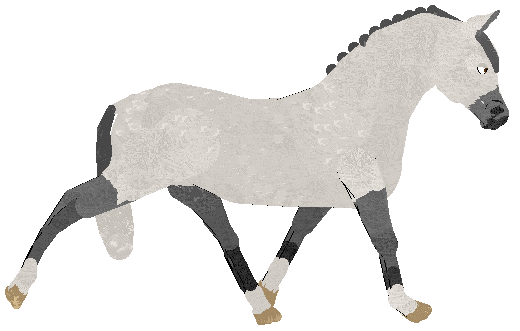
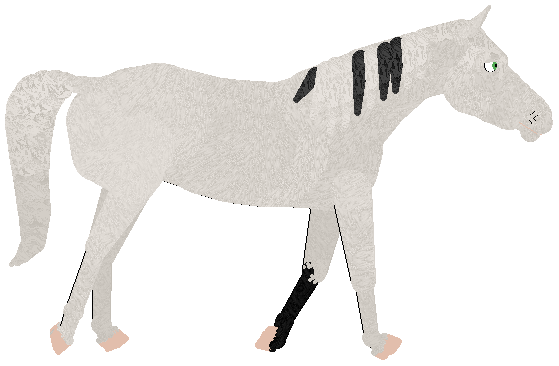
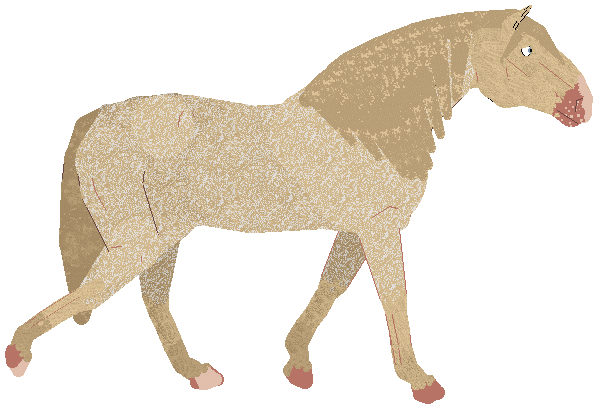
How To Achieve: A horse does this trot naturally in between movements for its collected trot, so just hold down the spacebar as the horse trots across the screen.
Accepted In: All main types of gaiting shows.
--------------------------------------------
The Extended Trot
The extended trot is the hardest trot to get but also looks very elegant. The extended trot features all four feet off the ground, with opposite legs pointing in the same direction, similar to the pacing movement of harness horses. The right fore and left hind will be pointing either front or back, and the left fore and right hand will be pointing either front of back.
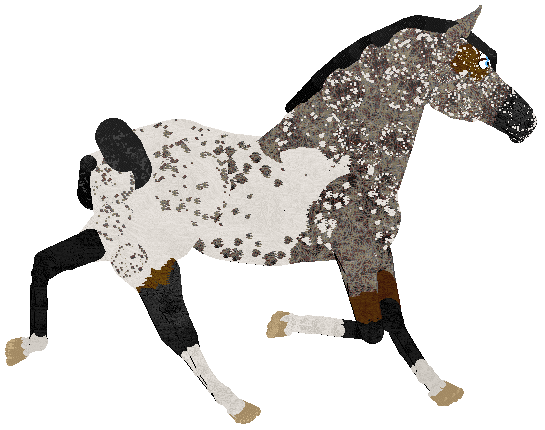
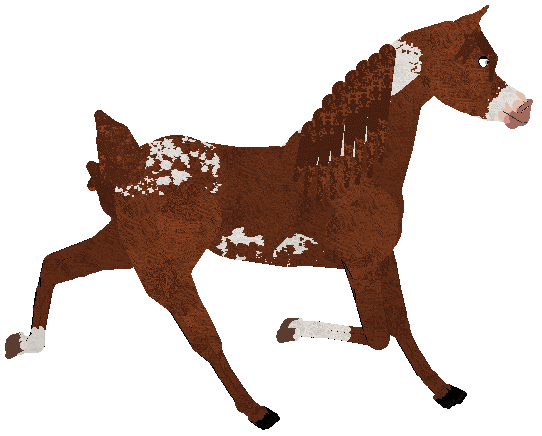
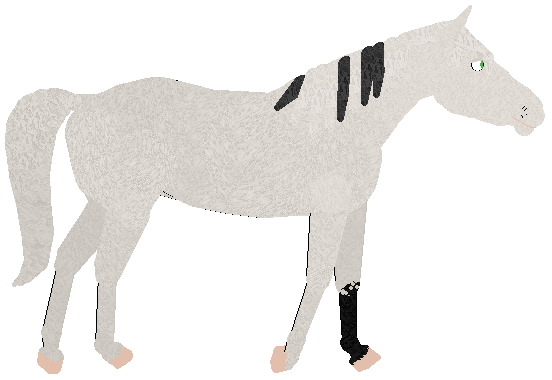
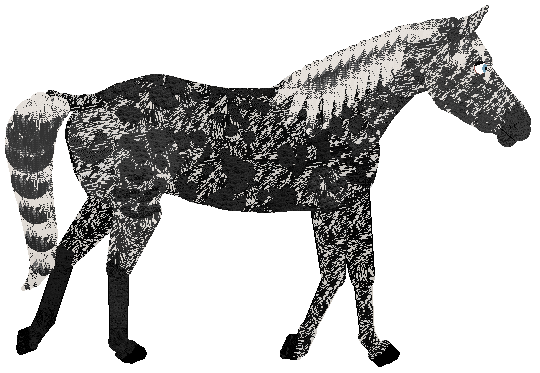
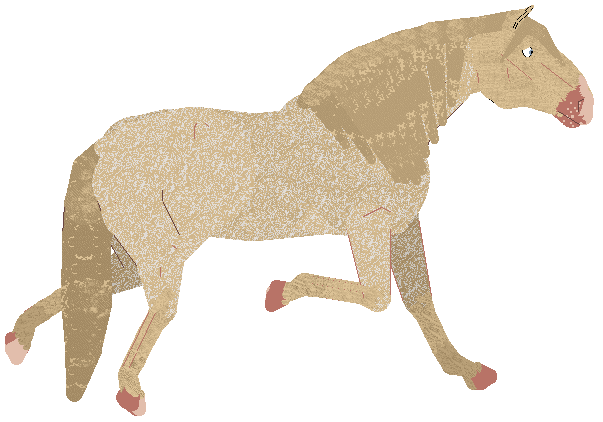
How To Achieve: This is a little harder to get! The extended trot will only appear for ONE beat, as the horse transitions from trotting to cantering to galloping. I found an easy way to get this is to bring out the hoop or another toy of your preference and lead the horse around the screen. Eventually the horse will pick up speed and transition to the extended trot, but you'll need to be quick holding down that spacebar!
Accepted In: All main types of gaiting shows.
--------------------------------------------
The Canter
The canter is another one of those tricky poses that only appears for one beat. The canter consists of one hind foot on the ground, with the other sweeping out behind the horse, with one foreleg pointed toward the ground and the other reaching out to lead the body into a gallop.
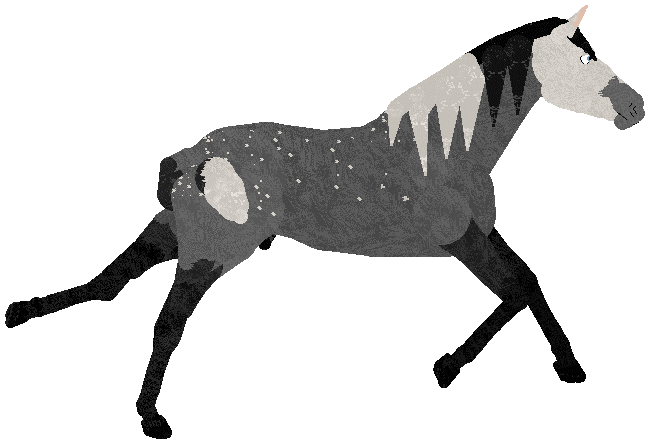
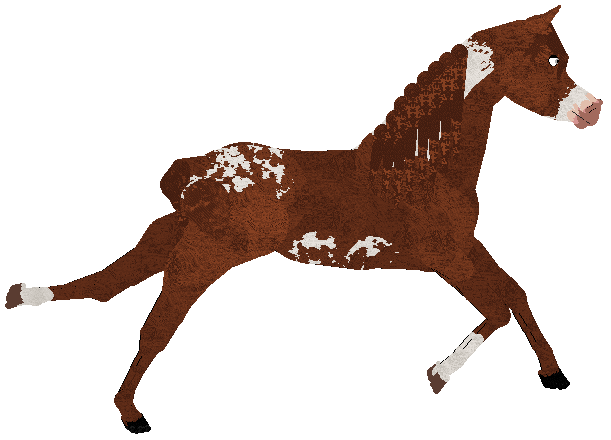
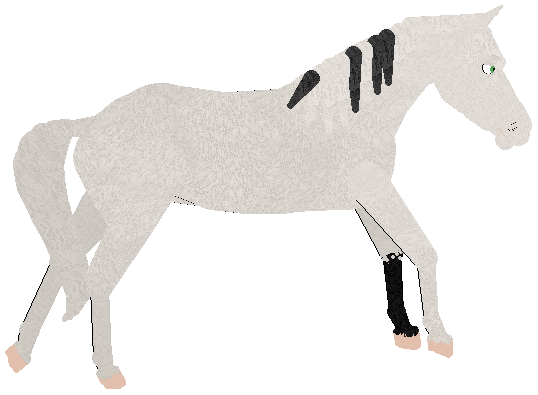
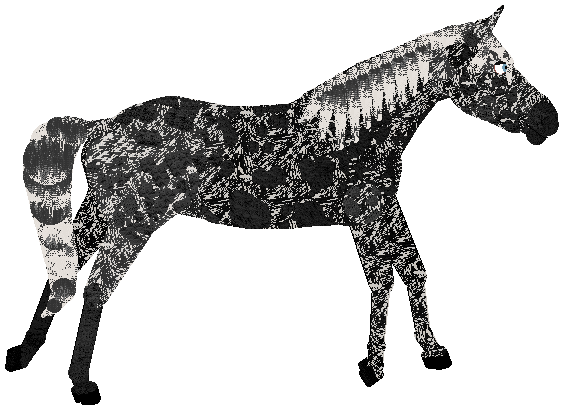
How To Achieve: This appears as the horse is transitioning from trot to gallop. You'll have to lead the horse around the screen with either a hoop or a toy, and as the horse picks up speed, he'll transition from trot to canter to gallop. Just hold down the spacebar and hopefully you'll snap at the right time. If not, try, try again.
Accepted In: All main types of gaiting shows.
--------------------------------------------
The Gallop
The gallop is the horse running full speed ahead. There's no real right or wrong image for a gallop, so you can have a picture of a horse with one hind leg on the ground with both forelegs thrown out to catch itself, its legs tucked in tight under its body or a horse in full flight with all four feet off the ground. Galloping is actually DQ'd in most pose shows, but if you have a racehorse, hoo boy you better let that pony fly!
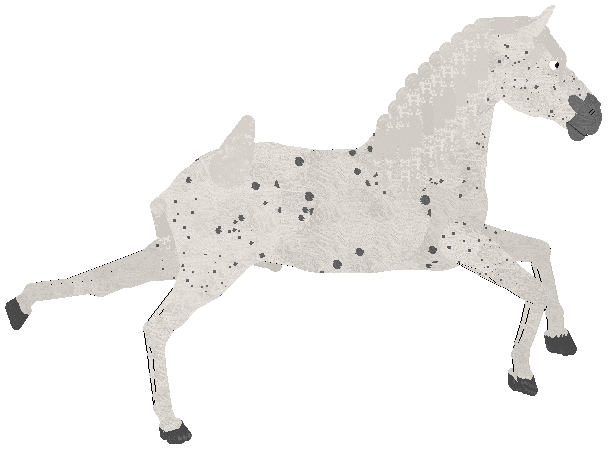
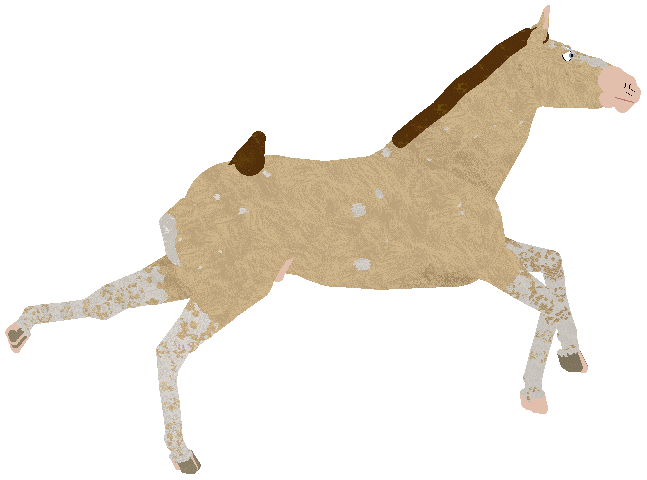
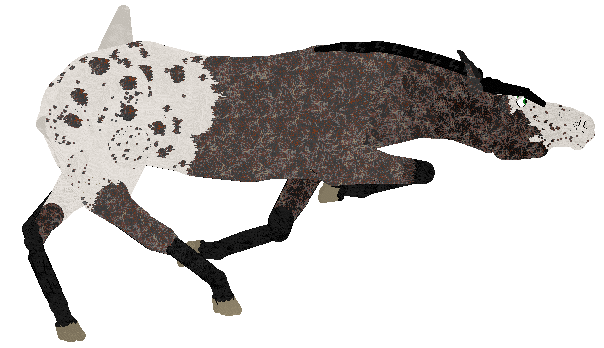
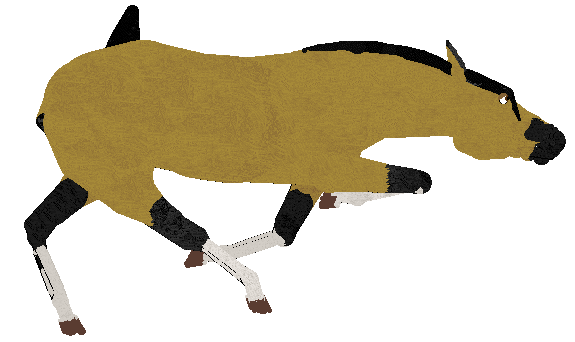
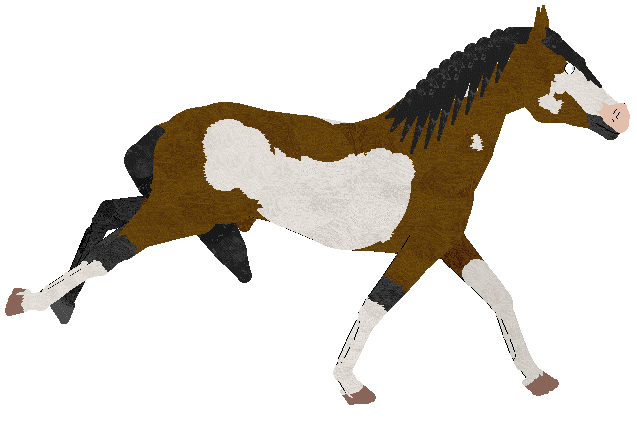
How To Achieve: Since there are no "wrong" types of gallop, you can simply take a picture of your horse sprinting across the screen. Some poses have ears that are harder to align than others, so keep that in mind when entering a show that requires ears and heads to be aligned.
Accepted In: Reining, Eventing and Racing only. Most other tack shows do not allow this as it is much too fast.
Other Pose Types
The Lope
The lope consists of one hind leg barely touching the ground, toe first, with the other hind leg coming down to make the second beat, with its forelegs curled and ready to snap out to catch himself. This pose works well with western horses, as it mimics the traditional "loping" pose scene in many Western Pleasure shows in real life.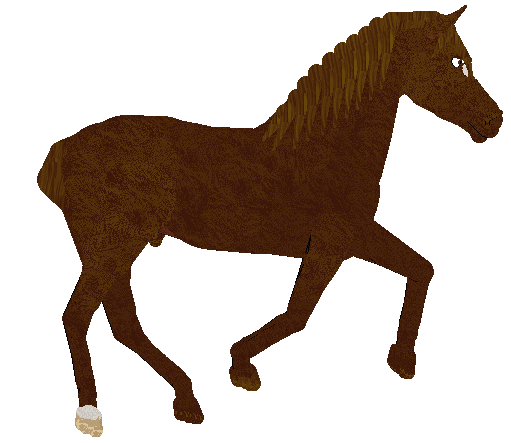
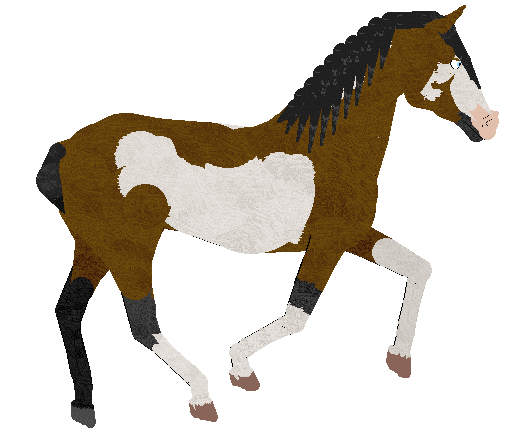
How To Achieve: This pose happens in that pesky transition from trot to canter to gallop. I can't give you an exact time as to when it shows up, but you'll again have to lead the horse around the screen with either a hoop or a toy, and as the horse picks up speed, he'll go through a number of different beats and the lope will appear just as he's transitioning from trot to canter.
Accepted In: All main types of gaiting shows.
--------------------------------------------
The Piaffe
The piaffe is a dressage move that looks quite fancy! The piaffe consists of opposite legs touching the ground - one foreleg will be bent and touching the ground while an opposite hind will be coming down, with the second hind leg bent and the opposite foreleg bent the same way.
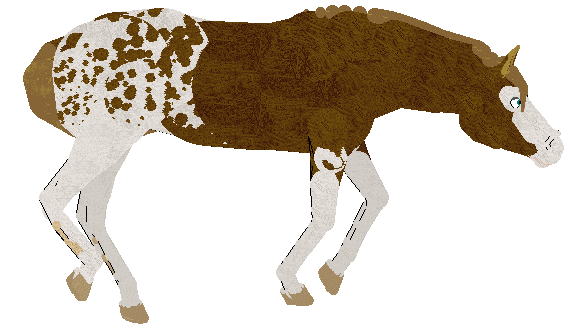
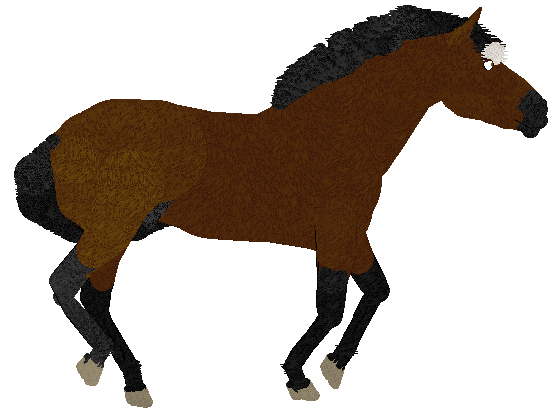
How To Achieve: This pose happens in that transition from walk to extended trot. I can't give you an exact time as to when it shows up, but you'll again have to lead the horse around the screen with either a hoop or a toy, and as the horse picks up speed, he'll go through a number of different beats and the piaffe will appear as the horse is picking up speed and getting into the beat to transition to the extended trot.
Accepted In: Dressage and Eventing. As this pose isn't considered a true "gait" (the horse is trotting in place) it is only accepted in Dressage-type shows.
--------------------------------------------
The Passage
The passage is another dressage move where the horse is moving in a tightly collected form as it trots deliberately across the arena. The passage consists of the left front leg pulled up toward the chest while the other foreleg is straight on the ground; the hind legs are bent at an angle as the horse continues its collected trot.
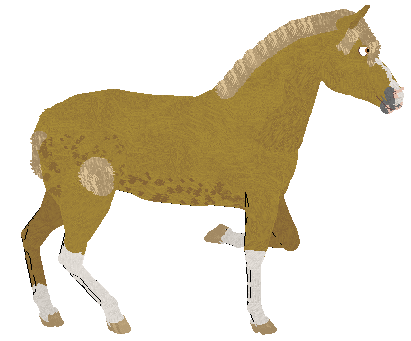
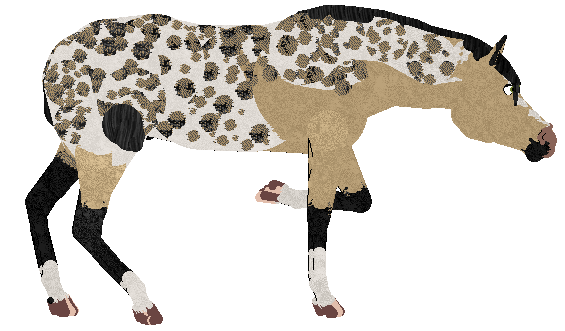
How To Achieve: This poses happens just a few beats before the horse breaks into a canter. It's hard to give an exact time frame as to when it occurs, but it will occur AFTER the extended trot and BEFORE the lope; simply lead your horse across the screen as you would for any other gaiting training session and keep the spacebar deployed to catch it.
Accepted In: All main types of gaiting shows.
--------------------------------------------
The Prance/Pace
I actually have no idea what to call this! I usually label it "The Prance" on my computer but it can also work as a "pacing trot" (see harness racing) where the horse is throwing its legs out in a quick lively pace. Usually it'll be the far legs that will be extended while the nearer legs will be collected in the classic trot pose. This pace actually looks quite nice on draft breeds with long feathery feet and other stocky breeds.
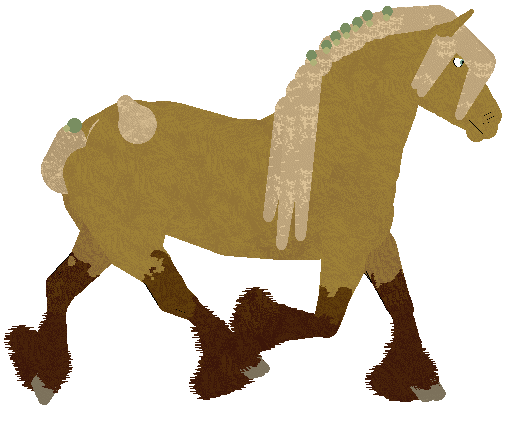
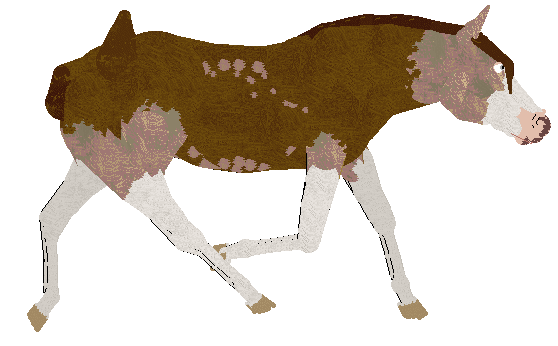
How To Achieve: This is the beat RIGHT BEFORE THE EXTENDED TROT, as the horse collects itself to move into that flying gait. You'll have to once again lead your horse around the screen with the spacebar pressed down to catch it, as it one of the harder gaits to catch, given that it is so early in the gaiting cycle.
Accepted In: All main types of gaiting shows.
-----------------
Big thank you to Celestia, Aragorn and Daveena for providing me with some of these poses!
How-To
You'll want to make sure your petz photos are going to autosave, because you will be holding the spacebar down to take lots of photos as quickly as possible! You also want to be either in the playpen or the desktop area because you will want a nice big area for the horse to move in. Every gaiting pose arrises from the horse actually moving around the screen.
The best way to get a gait pose is to grab one of the hoop toys, let your horse see what it is and maybe even jump a couple times, and then start moving the hoop around the screen. Usually, the horse will follow it, so then you lead it to the left of the screen, wait a second to let it turn around, and then lead it to the right. As it goes through the paces, hold the spacebar down. Some poses like the walk and working trot are a bit trickier to get but if you manage a nice canter or extended trot, you'll be pretty much set for any show that needs a gait pose. You can also lead the horse to the left for gait poses, but lots of shows require right-facing poses, so in general, it's best to have the horse go right.
You can also watch the video below for a minute or two to get a feel for how you want to lead the horse around using the hoop. The gaiting poses take up the first ~2 minutes while the halt pose is the last ~2.5 or so. You might want to watch it fullscreen on YouTube because you'll see more details that way.
Tips
The Gaiting Guide by Neco (shown up top) does a pretty good job of displaying and explaining all the various gaits, so I'll just briefly detail some of the most common mistakes I've seen people make.
The main thing I see wrong with a lot of gaits is that the horse is looking down, the horse isn't aligned right, the head is crooked, or the ears or expression are not-so-great. It's important to remember that the alignment, head, and expression matter and you want them to be just as nice in a halt pose as in a gait pose - the same rules apply, the horse is just moving instead of standing. It should be looking straight ahead, it should be aligned straight and all that. However, looking downward is not a disqualification for gaits, but may be heavily faulted.
Another thing I've seen, is people using "not-so-collected" trots. A proper collected trot has shorter, higher strides and we want to see the horse is collected. A collected horse will have its rear legs 'collected' more under its body and you can really see the bendy gracefulness in its joints as it moves.
Below is a horse with the "not-so-collected" trot:
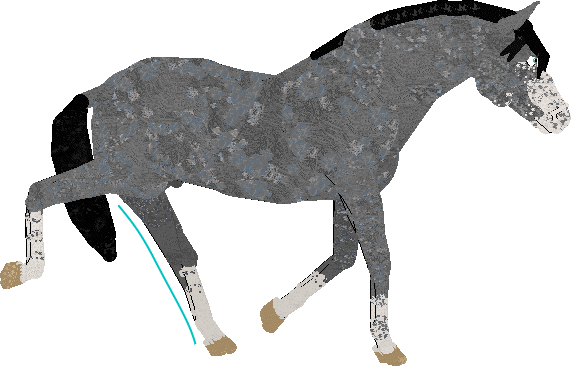
Do you see how one of his back legs is way back behind him and the far back leg is low and straight? Not very collected.
Below is the same horse with some actual collection going on, see how his back hooves are closer to his body and the stride is shorter? The easiest way to tell the difference between collected and "not-so-collected" is to look at the far back leg and see if it's straight or more curvy and collected.
